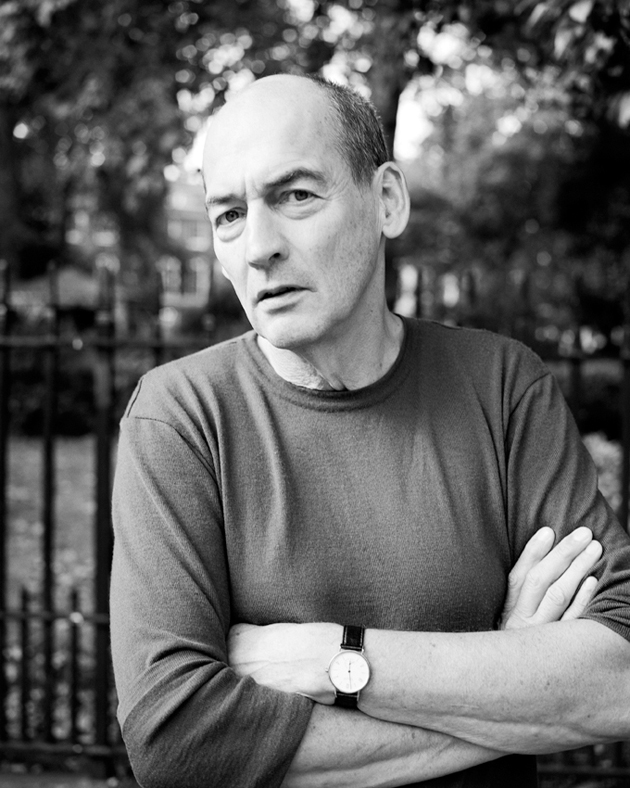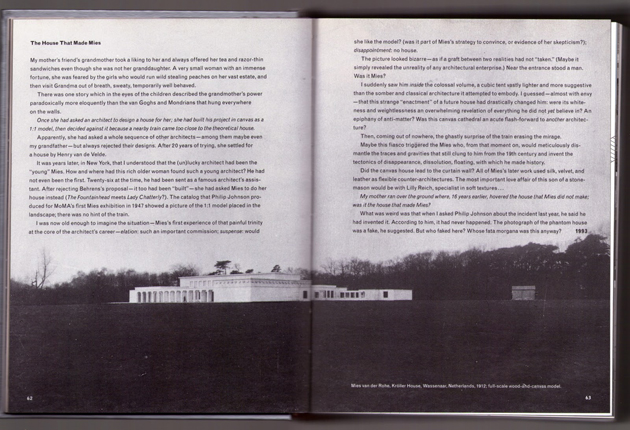Rem Koolhaas For Venice Architecture Biennale
The rumours had it for quite some time now that Rem Koolhaas would have been appointed as the director of the next Venice Architecture Biennale, to be held in 2014. Well, finally, Paolo Baratta, the Biennale’s president has confirmed it. On a press conference this Tuesday he finally announced that this architecture superstar will be, hopefully, taking one of the most important events in contemporary architecture somewhere really interesting.

While everyone is copy-pasting the press release that announces Koolhaas saying “We want to take a fresh look at the fundamental elements of architecture – used by any architect, anywhere, anytime – to see if we can discover something new about architecture.”, we cannot but dive in the work he has done in more than 40 years of his practice, and imagine what he might surprise us with.
Rem Koolhaas became widely known, and critically acclaimed, with his book “Delirious New York”, which traced his future path in considering architecture as a means of critical reflection not only on design as a profession, but also on the society as a whole. Hence, besides his architectural practice OMA (founded in 1975 together with architects Elia Zenghelis, Zoe Zenghelis and Madelon Vriesendorp in London), he also opened AMO, an off-spin of his studio involved in research and investigation. Published works like S, M, L, XL or “Project on the City” have clearly countersigned Koolhaas as one of the most influential thinkers of our century.


That is why after Sejima’s inspiring but yet a bit cryptic Biennale in 2010 and Chipperfield’s 2012 Biennale dealing almost exclusively with architecture as professional practice, next year’s edition might actually manage to connect different areas of our society that intersect in architecture. Hopefully it will manage to bring the Biennale to a new level, out of the grasp of professional practitioners, theorists and critics, offering to the wider public the possibility to understand why and how architecture impacts our lives.
Rujana Rebernjak
